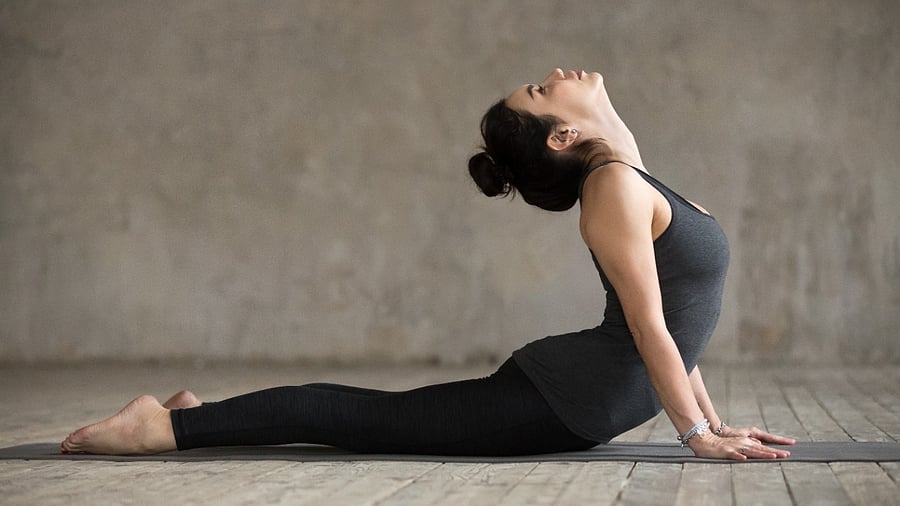
As a yoga enthusiast, I understand the importance of having a skilled and knowledgeable yoga instructor. A good yoga instructor can help you achieve your goals, whether you are looking to increase your flexibility, reduce stress, or improve your overall health and wellness. However, not all yoga instructors are created equal. It is important to evaluate your yoga instructor to ensure that they are the right fit for you.
Evaluating your yoga instructor is important for several reasons. First and foremost, it ensures that you are in safe hands. Yoga can be a physically demanding practice, and an inexperienced or poorly trained yoga instructor can cause injury. Additionally, it helps you determine if they have the knowledge and skills necessary to help you achieve your fitness goals. Finally, it can help you avoid wasting time and money on a practice that is not right for you.
Here, I will share expert tips on how to evaluate your yoga instructor.
To assess your yoga instructor’s knowledge and skills, start by observing their teaching style. Do they demonstrate poses clearly? Do they give clear and concise instructions? Do they provide modifications for students with different abilities or injuries? Additionally, do not hesitate to ask your yoga instructor about their training and experience. A good yoga instructor should have completed a comprehensive teacher training programme and continue to attend workshops and continuing education courses to stay up-to-date with the latest research and techniques.
Some of the most common adverse effects of incorrect yoga practice include muscle strains, joint pain, and nerve damage. Further, it can exacerbate existing injuries or conditions or lead to new injuries. It is essential to work with a yoga instructor who has a deep understanding of anatomy and physiology and who can provide modifications or adjustments to poses to meet the needs of individual students.
To ensure safety in yoga practice, it is important to communicate openly and honestly with your yoga instructor, to listen to your body and work at your own pace, and to prioritise safety over achieving a certain pose or level of flexibility. In some cases, the yoga instructor may be held liable for damages resulting from incorrect instruction or unsafe practices. However, in other cases, the student may be held responsible for their own negligence or failure to follow instructions. Ultimately, it is important for both the student and the yoga instructor to prioritise safety and to communicate openly and honestly about any concerns or issues that arise during practice.
Before starting a yoga practice with a new instructor, it is important to ask a few key questions to ensure that they are the right fit for you:
What is your approach to safety in yoga? How do you motivate students with injuries or limitations to continue yoga practise for an extended period of time? What are the best case studies, etc. It is important to ask these questions, so you can get a better sense of your yoga instructor’s teaching style, philosophy, and
approach to safety and inclusivity in yoga.
Some red flags to watch out for can be a lack of training or certification, pushing students beyond their limits or encouraging competition, inappropriate touching without consent, or encouraging extreme or unsafe poses without proper preparation or modifications. If you see any of these red flags in a potential yoga instructor, it is best to look for a different instructor who prioritises safety, inclusivity, and respect for all students. Failing to properly assess your yoga instructor can lead to a range of issues, from minor injuries to more serious conditions such as nerve damage or joint problems.
If you feel uncomfortable and have concerns or issues with your yoga instructor, it is important to trust your instincts and approach them in a respectful and open manner. Start by expressing your concerns or issues clearly and concisely, and be open to hearing their perspective. Be open and willing to work together to find a solution or compromise that works for both of you.
By following these tips, you can find a skilled and knowledgeable yoga instructor who can help you achieve your goals in a safe and supportive practice environment. Both the student and the instructor have equal responsibility to ensure a safe and supportive environment, as both may be held responsible for damages resulting from negligence or unsafe practices.
(The writer is an
independent journalist
and activist.)